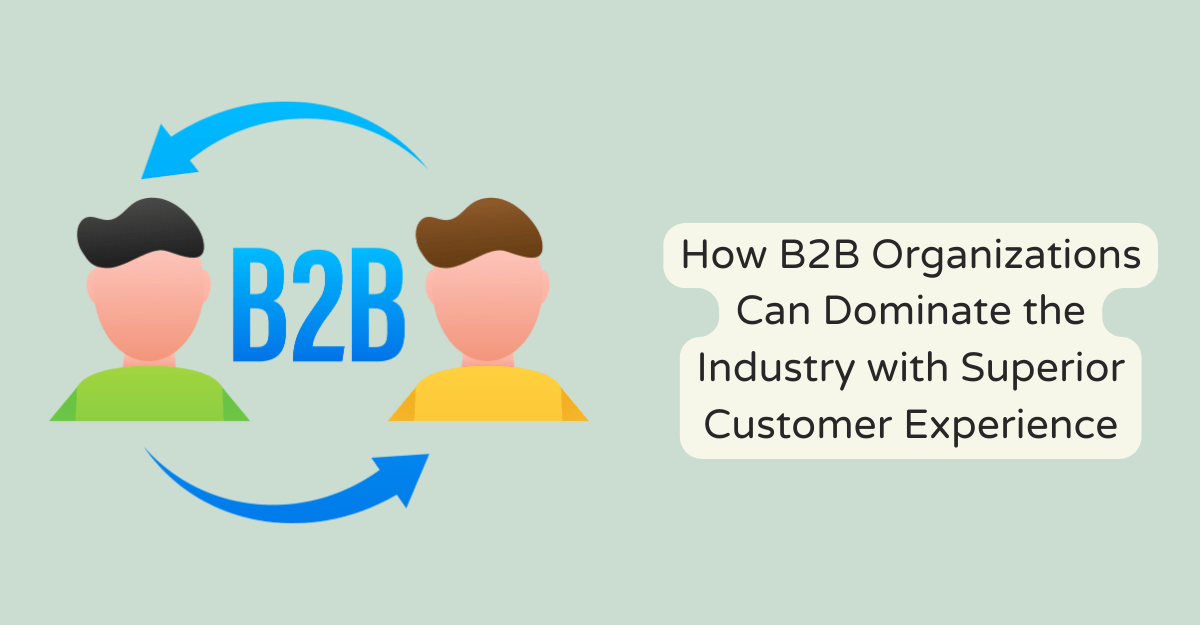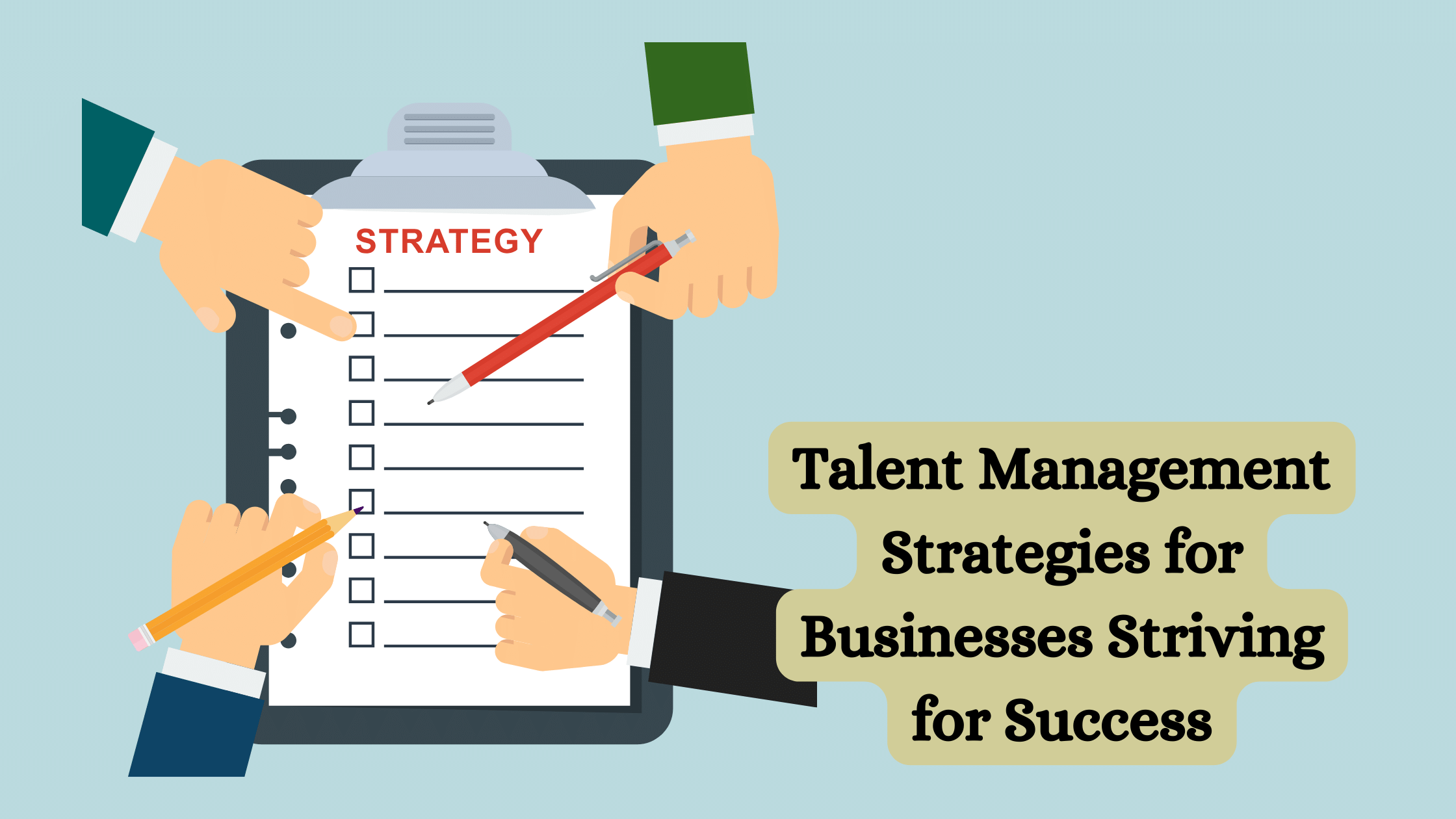
As a B2B organization, you can rise above the competition and establish industry dominance through unparalleled customer experience. In today’s dynamic business environment, characterized by ever-changing customer expectations, delivering superior service is a necessity for sustainable success.
You can transform every interaction with your clients into a memorable experience that leaves them not only satisfied but also eager to return. By focusing on providing exceptional customer experiences, you can differentiate your brand and ultimately position yourself as a leader in your industry.
In this blog post, we’ll explore actionable strategies and best practices tailored specifically for your B2B organization.
Streamline Communication Channels for Seamless Interaction
To streamline communication channels for seamless interaction, start by integrating a centralized platform where clients can easily reach out. This is particularly crucial given the recent findings from a study by Digital Commerce 360. The study revealed that 70% of B2B buyers prefer online purchasing and are expected to increase their utilization of digital channels by 2024.
Implement automated responses for quick acknowledgment of inquiries, ensuring no message goes unnoticed. Regularly update clients on their queries, providing real-time status updates whenever possible. In 2024, B2B e-commerce buyers would utilize between three and ten digital channels to research and make online purchases from sellers.
Leverage customer relationship management (CRM) tools for monitoring communication records and tailoring interactions based on individual preferences. Encourage feedback from clients to continually refine and improve your communication processes. By staying adaptable to evolving digital trends, you can ensure a seamless interaction experience that aligns with the preferences of modern B2B buyers.
Implement Proactive Account Mapping Strategies
To implement proactive account mapping strategies, start by thoroughly analyzing your existing data. Identify key accounts that offer significant growth potential and prioritize them for targeted outreach. Utilize an account mapping platform to visualize and organize crucial information about each client.
According to Prolifiq, you should continuously monitor and update your account mapping strategies based on evolving client relationships and market dynamics. By implementing account mapping strategies, you can cultivate deeper client relationships and drive sustainable growth in the B2B landscape.
Leverage Growth Analytics to Anticipate Customer Needs
To leverage growth analytics in anticipating customer needs effectively, start by implementing advanced analytics tools to analyze customer data. These tools enable you to identify patterns and trends that can help predict future needs. By actively monitoring customer behavior and preferences, you, as a B2B organization, can stay ahead of their evolving requirements.
Utilize predictive modeling techniques to forecast potential changes in customer demand and preferences. This approach allows you to anticipate their needs before they even arise, empowering you to provide personalized solutions. With the insights gained from growth analytics, you can tailor your offerings and services to meet these anticipated needs effectively, ensuring superior experiences.
According to a survey conducted by McKinsey among more than 1,300 B2B executives, around two-thirds expressed plans to increase their investment in growth analytics. They anticipate that this increased investment will lead to faster profit growth in the coming years. Research indicates that proficient users of growth analytics consistently experience significant revenue increases, ranging between 10% and 20%.
These proficient users also demonstrate greater confidence in future profit growth compared to basic and intermediate users. By leveraging growth analytics to anticipate customer needs, B2B organizations can deliver exceptional experiences consistently.
Personalize Solutions to Meet Unique Client Needs
In order to personalize solutions and address unique client needs effectively, start by conducting thorough research on each client’s business challenges and objectives. Tailor your offerings to align closely with their specific requirements and goals.
Research by Gartner reveals that B2B buyers prioritize third-party interactions over digital interactions with suppliers, valuing them 1.4 times more. These third-party interactions, such as reviewing customer references or consulting with independent experts, are seen as more effective in providing customers with reassurance. Throughout their purchasing journey, buyers seek confidence, and leveraging third-party sources can play a crucial role in achieving this assurance.
By leveraging this information, you can craft personalized solutions that address their needs. Regularly solicit feedback from clients to evaluate the effectiveness of your personalized solutions. This feedback loop allows you to continuously refine your approach and ensure that you’re delivering maximum value to each client.
Enhance Post-purchase Support for Long-Term Satisfaction
Improving post-purchase support is crucial for ensuring long-term customer satisfaction. B2B organizations can achieve this by offering comprehensive assistance channels. These channels should include timely responses and personalized solutions.
A proactive approach to support can preemptively address potential issues. This involves anticipating customer needs and providing relevant resources. Moreover, fostering strong relationships through continuous communication is key. This engagement fosters trust and encourages loyalty over time.
Cultivate a Culture of Continuous Improvement
Implement regular feedback mechanisms to gather insights from customers and internal stakeholders. Actively seek opportunities to streamline processes and optimize workflows for increased efficiency. Offer assistance and resources to facilitate continuous skill development and educational efforts.
Furthermore, cultivate an environment where experimentation and risk-taking are encouraged. Celebrate successes and learn from failures to drive continuous growth and innovation. By fostering a culture of continuous improvement, B2B organizations can maintain their edge and dominate the industry with superior customer experience.
Frequently Asked Questions (FAQs):
How Important Is Customer Experience in B2B?
Customer experience in B2B is paramount. It directly impacts loyalty and profitability. Positive experiences foster trust and repeat business. They also influence referrals and brand reputation. Ignoring customer experience can lead to lost opportunities and competitive disadvantage.
What Are the Four Main Types of B2B Customers?
B2B customers encompass various entities. Producers are one type, involved in manufacturing goods. Resellers buy products to sell to end consumers. Governments acquire goods and services for public utilization. Institutions include schools, hospitals, and nonprofits procuring supplies for operations.
What Is B2B Customer Success?
B2B customer success focuses on ensuring clients achieve their goals. It involves proactive support and guidance. This includes understanding customer needs and helping them utilize products effectively. Successful outcomes lead to long-term partnerships and mutual growth.
In conclusion, prioritizing superior customer experience can propel B2B organizations to industry dominance. By focusing on post-purchase support, cultivating a culture of continuous improvement, and fostering strong relationships, companies can set themselves apart. Embracing these strategies not only ensures customer satisfaction but also drives long-term success and growth in the competitive B2B landscape.

